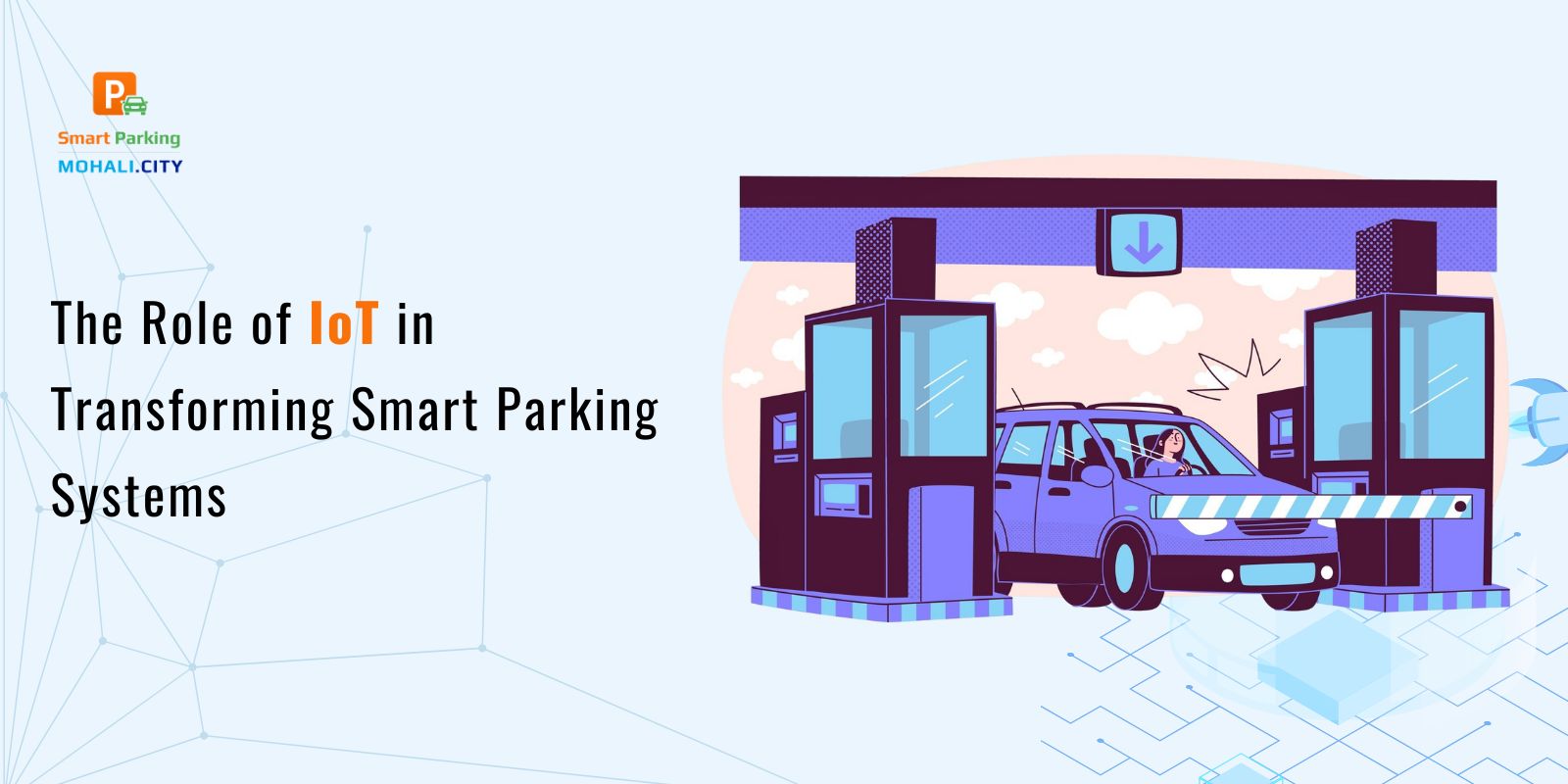In the face of urbanization and increasing vehicle numbers, traditional parking solutions are proving inadequate. The advent of the Internet of Things (IoT) has ushered in a new era of smart parking systems, revolutionizing how cities manage parking spaces. By integrating IoT technologies, these systems offer real-time data, enhanced user experiences, and optimized urban mobility. Central to this transformation is smart parking software, which leverages IoT to provide seamless parking solutions.
Understanding Smart Parking Systems
A smart parking system utilizes IoT devices—such as sensors, cameras, and mobile applications—to monitor and manage parking spaces efficiently. These systems collect data on parking space occupancy, vehicle movement, and user behavior, transmitting this information to centralized platforms. Through smart parking software, this data is analyzed to offer insights, manage resources, and improve the overall parking experience for both users and operators.
Core Components of IoT-Based Smart Parking Systems
Sensors and Cameras: Embedded in parking spaces, these devices detect vehicle presence and monitor parking conditions. They send real-time data to the central system, enabling accurate occupancy tracking.
Connectivity Infrastructure: Utilizing technologies like Wi-Fi, Bluetooth, or LoRaWAN, this infrastructure ensures seamless communication between devices and the central system.
Smart Parking Software: The backbone of the system, this software processes data, provides analytics, and interfaces with users through mobile applications or web portals.
Payment Gateways: Integrated into the system, these allow users to pay for parking via various methods, including mobile wallets, credit cards, or digital currencies.
How IoT Enhances Smart Parking Systems
1. Real-Time Parking Availability
IoT sensors provide up-to-the-minute information on parking space occupancy. This data is relayed to users through mobile applications, guiding them to available spots and reducing the time spent searching for parking. Such real-time updates not only enhance user convenience but also contribute to smoother traffic flow within urban areas.
2. Dynamic Pricing Models
By analyzing data on parking demand and occupancy rates, smart parking systems can implement dynamic pricing strategies. Prices can be adjusted based on factors like time of day, location, and demand, optimizing revenue for operators and encouraging efficient space utilization.
3. Automated License Plate Recognition (LPR)
IoT-enabled cameras equipped with LPR technology can automatically identify vehicles entering or exiting parking facilities. This automation streamlines the check-in and check-out processes, reduces the need for manual intervention, and enhances security by maintaining accurate records of vehicle movements.
4. Integrated Payment Solutions
Smart parking systems often incorporate integrated payment solutions, allowing users to pay for parking through mobile applications or automated kiosks. These systems can support various payment methods, including credit/debit cards, mobile wallets, and contactless payments, offering users a convenient and secure way to settle parking fees.
5. Data-Driven Insights for Urban Planning
The data collected by IoT in smart parking systems provides valuable insights into parking patterns and urban mobility trends. City planners and municipal authorities can analyze this data to make informed decisions about infrastructure development, zoning regulations, and traffic management strategies.
Benefits of IoT-Driven Smart Parking Systems
Reduced Traffic Congestion: By directing drivers to available parking spaces promptly, these systems minimize the time spent circling for parking, thereby reducing traffic congestion.
Lower Emissions: Decreased search times for parking result in reduced vehicle emissions, contributing to improved air quality and environmental sustainability.
Enhanced User Experience: Real-time information, automated processes, and convenient payment options make parking more user-friendly and less stressful.
Operational Efficiency: Automation and data analytics streamline parking operations, reducing the need for manual oversight and enabling proactive management of parking resources.
Revenue Optimization: Dynamic pricing and efficient space utilization can lead to increased revenue for parking operators.
Challenges in Implementing IoT-Based Smart Parking Systems
While the benefits are substantial, several challenges accompany the deployment of IoT-based smart parking systems:
Infrastructure Costs: Initial setup costs for sensors, cameras, and connectivity infrastructure can be significant.
Data Privacy Concerns: The collection and processing of user data raise privacy issues that must be addressed through robust data protection measures.
System Integration: Integrating new IoT devices with existing urban infrastructure and legacy systems can be complex and require careful planning.
Maintenance and Upkeep: Ongoing maintenance of hardware components and software platforms is essential to ensure system reliability and performance.
The Future of Smart Parking with IoT
The evolution of IoT technologies continues to enhance the capabilities of smart parking systems. Future advancements may include:
AI and Machine Learning Integration: These technologies can further optimize parking management by predicting demand patterns and automating decision-making processes.
Vehicle-to-Infrastructure (V2I) Communication: Enabling direct communication between vehicles and parking infrastructure can facilitate seamless parking experiences and improved traffic management.
Sustainability Initiatives: Incorporating renewable energy sources and energy-efficient technologies into parking infrastructure can contribute to sustainable urban development.
Enhanced User Interfaces: Improved mobile applications and user interfaces can offer more personalized and intuitive parking experiences.
Conclusion
The integration of IoT into smart parking systems marks a significant advancement in urban mobility and infrastructure management. By leveraging smart parking software and IoT technologies, cities can create more efficient, user-friendly, and sustainable parking solutions. As technology continues to evolve, the potential for smarter, more connected urban environments grows, paving the way for enhanced quality of life and more efficient urban living. Embracing these innovations is not just an option but a necessity for modern cities aiming to meet the challenges of urbanization and environmental sustainability.













Share this post on: